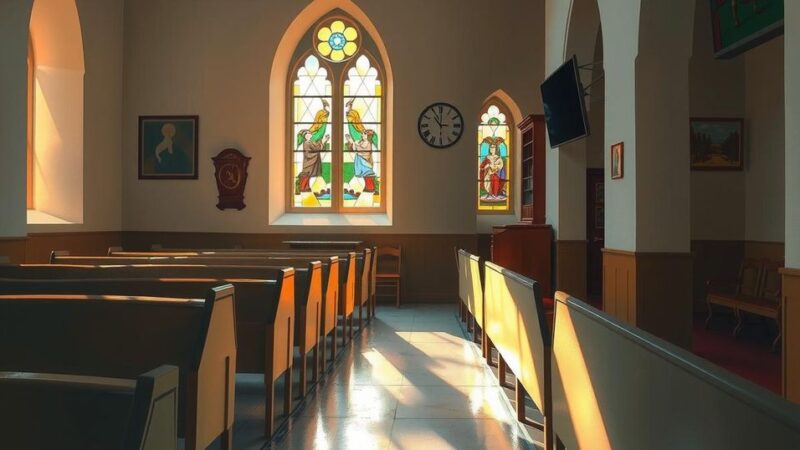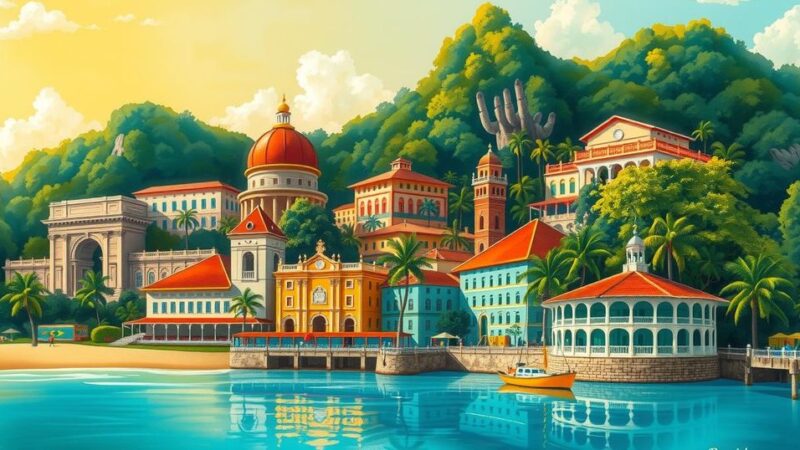Colombia’s environmental defenders, especially Indigenous activists like Waldina Muñoz, face significant dangers despite the government’s green promises. The country has the highest global rate of violence against these activists, with organized crime playing a critical role. Although President Gustavo Petro aims to enhance environmental protections, ingrained issues impede effective safety measures. The situation demands urgent reforms and sufficient governmental support to ensure the safety of defenders and the ecosystems they protect.
In Colombia, environmental activists, particularly in the Putumayo region of the Amazon, are facing severe threats despite promises from President Gustavo Petro for enhanced environmental protections. Waldina Muñoz, a prominent Indigenous environmental defender, leads a group known as Guardians of the Forest. This organization is focused on reforestation, community education on conservation, and opposition to damaging projects by oil and mining firms. Sadly, Muñoz has endured threats, violence, and forced displacement as a result of her activism.
Colombia has the highest documented rates of violence against environmental defenders globally, with a recent Global Witness report indicating that 79 defenders were killed in 2023 alone. This alarming statistic highlights the harsh realities faced by those committed to environmental protection in a nation rich in biodiversity but marred by systemic violence. While President Petro seeks to establish Colombia as a leader in environmental conservation, he must address the underlying threats that endanger both activists and the ecosystems they protect.
Despite the government’s stated commitment to environmental justice, many defenders confront both lethal and non-lethal forms of violence. The ongoing presence of criminal groups and militias, along with aggressive agricultural and mining enterprises, complicate matters significantly. Petro’s administration has declared ambitions for “total peace,” yet violence persists, creating an environment where environmental defenders remain constantly at risk.
The threats to environmental defenders extend beyond state violence, as criminal organizations actively target those who disrupt their illicit activities. The prevalence of such violence is alarming, as recent estimates indicate that organized crime groups are responsible for a significant percentage of the attacks and killings against activists, with international corporations sometimes complicit in these acts. Indigenous leaders, such as Muñoz, are particularly vulnerable, as they are often at the forefront of defense efforts for land rich in resources coveted by external interests.
Despite international attention and the formation of coalitions among Indigenous federations, the safety of environmental leaders remains precarious. Notably, while COP16 saw some advancements for Indigenous representation in climate governance, these initiatives fail to guarantee tangible protections on the ground. Muñoz exemplifies the commitment of these defenders, outlining the deep connection Indigenous people have to the land, even in the face of violence that threatens their lives and communities.
The consequences of such violence greatly affect individuals and families, as seen in Muñoz’s experiences, where attacks have reached her family. Both she and counterparts like Ramón Enrique Apraez Gómez describe an atmosphere infused with fear and stress, confirming that despite the government’s proclamations regarding support for environmental authorities, real protections remain insufficient.
Colombia’s National Protection Unit has received countless requests for protection measures; however, data indicates that a mere fraction of these requests lead to any effective safeguards for defenders. The overarching sentiment within these communities is one of abandonment, with many developing independent strategies for protection when government measures often prove inadequate. People like Muñoz avoid external security, preferring community-based strategies that resonate more closely with their ways of life.
Ultimately, while Colombia has made commitments at the international level, the protection of environmental defenders within its borders requires substantial action and resources, not just goodwill. The potential for meaningful change exists, but as highlighted by activists, government reforms must translate into protective measures that genuinely safeguard those fighting for the environment.
In summary, environmental defenders in Colombia face severe threats, with a particularly grim situation for Indigenous leaders such as Waldina Muñoz. Despite governmental commitments to environmental justice, violence against these activists continues unabated, largely due to the influence of organized crime and inadequate protection measures. International alliances and local community strategies offer some hope, but substantial systemic changes, investment in protection, and true governmental support are needed to safeguard those striving to protect Colombia’s rich biodiversity and environment.
Original Source: foreignpolicy.com






